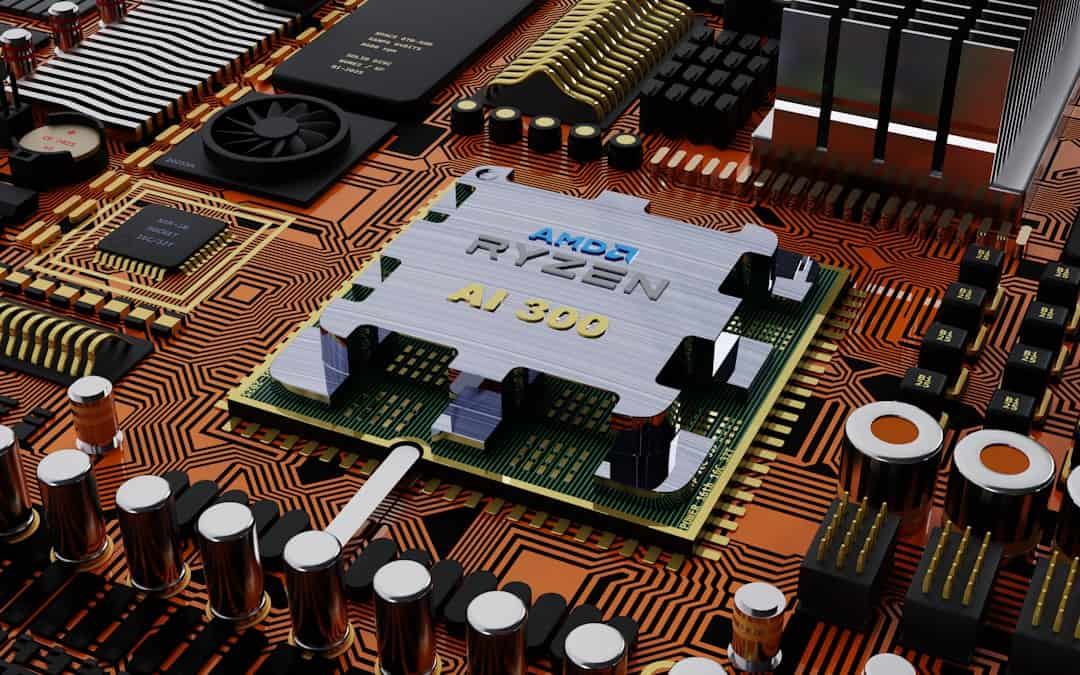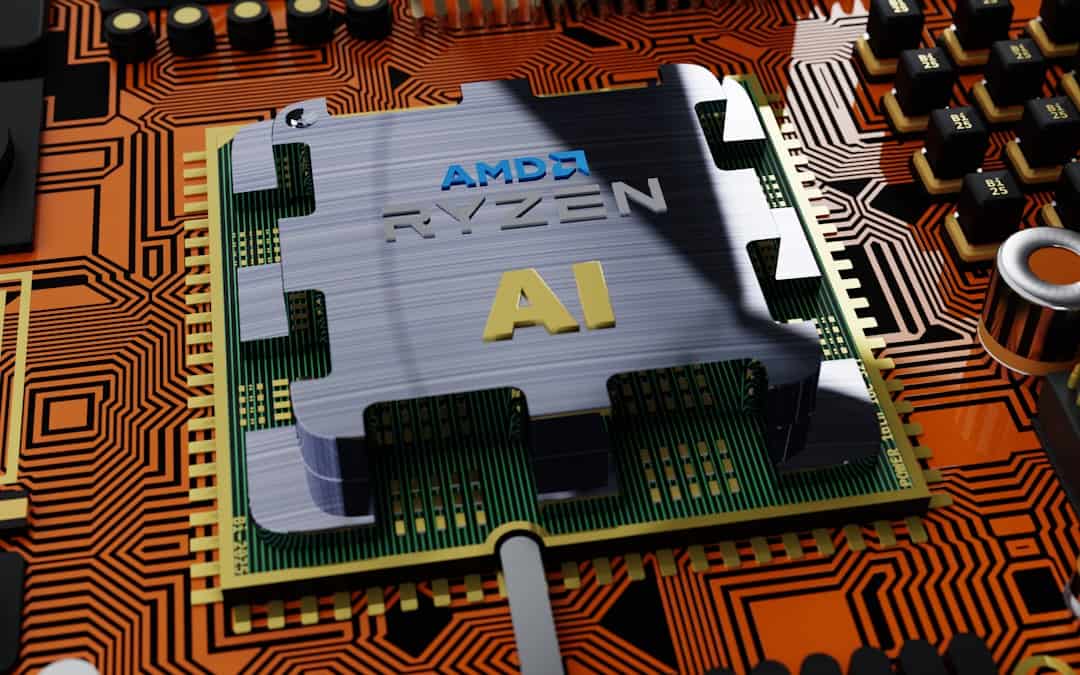Regularization is a technique used in machine learning to prevent overfitting and improve the generalization of models. Overfitting occurs when a model learns the training data too well, to the point that it performs poorly on new, unseen data. Regularization helps to address this issue by adding a penalty term to the model’s loss function, which discourages the model from fitting the noise in the training data.
This penalty term is typically based on the complexity of the model, such as the magnitude of the model’s weights or the number of features used. Regularization is crucial in machine learning because it helps to strike a balance between fitting the training data well and generalizing to new data. Without regularization, models may become too complex and overfit the training data, leading to poor performance on unseen data.
By adding a regularization term to the model’s loss function, machine learning practitioners can control the model’s complexity and improve its ability to generalize. There are several types of regularization techniques used in machine learning, each with its own approach to penalizing model complexity and preventing overfitting.
Key Takeaways
- Regularization helps prevent overfitting in machine learning models by adding a penalty term to the loss function.
- Common types of regularization techniques include L1 regularization (Lasso), L2 regularization (Ridge), and Elastic Net regularization.
- Regularization plays a crucial role in optimizing machine learning models by balancing bias and variance.
- Implementing regularization in AI and machine learning algorithms involves adjusting the regularization parameter and choosing the appropriate technique for the dataset.
- Evaluating the impact of regularization on model performance involves comparing the performance of regularized and non-regularized models using metrics such as accuracy, precision, and recall.
- Fine-tuning hyperparameters with regularization techniques involves optimizing the regularization parameter and selecting the best combination of hyperparameters for the model.
- Best practices for regularization in AI and machine learning models include cross-validation, feature selection, and monitoring the model’s performance over time.
Types of Regularization Techniques in Machine Learning
1. L1 Regularization (Lasso): L1 regularization adds a penalty term to the loss function that is proportional to the absolute value of the model’s weights. This encourages sparsity in the model, meaning that it tends to drive some weights to zero, effectively selecting only the most important features.
L1 regularization is useful for feature selection and can help simplify models by removing irrelevant features. 2. L2 Regularization (Ridge): L2 regularization adds a penalty term to the loss function that is proportional to the square of the model’s weights.
This encourages smaller weights and is effective at preventing large weight values that can lead to overfitting. L2 regularization is commonly used to improve the generalization of models and is particularly effective when there are many correlated features. 3.
Elastic Net Regularization: Elastic Net regularization combines L1 and L2 regularization by adding a penalty term that is a linear combination of both L1 and L2 penalties. This allows for a more flexible approach to controlling model complexity and can be particularly useful when dealing with high-dimensional data with many correlated features. 4.
Dropout Regularization: Dropout is a technique used specifically in neural networks, where random neurons are “dropped out” during training, meaning their outputs are set to zero. This helps prevent co-adaptation of neurons and can improve the generalization of neural network models. These regularization techniques play a crucial role in preventing overfitting and improving the generalization of machine learning models.
By understanding the strengths and weaknesses of each technique, practitioners can choose the most appropriate regularization method for their specific modeling tasks.
The Role of Regularization in Optimizing Machine Learning Models

Regularization plays a critical role in optimizing machine learning models by preventing overfitting and improving their ability to generalize to new, unseen data. Overfitting occurs when a model learns the training data too well, capturing noise and irrelevant patterns that do not generalize to new data. Regularization techniques help address this issue by adding a penalty term to the model’s loss function, which discourages complex and overfitting behavior.
By controlling the complexity of models, regularization techniques such as L1, L2, and Elastic Net regularization help improve the generalization performance of machine learning models. This is essential for real-world applications where models need to perform well on new data that may differ from the training data. Without regularization, models may become too complex and fail to generalize, leading to poor performance in practical settings.
Furthermore, regularization techniques also play a role in feature selection and dimensionality reduction. L1 regularization, for example, encourages sparsity in models by driving some weights to zero, effectively selecting only the most important features. This can help simplify models and improve their interpretability, making them more suitable for practical deployment.
In summary, regularization is crucial for optimizing machine learning models by preventing overfitting, improving generalization performance, and facilitating feature selection and dimensionality reduction. By incorporating appropriate regularization techniques, practitioners can ensure that their models perform well in real-world scenarios and are robust to new, unseen data.
Implementing Regularization in AI and Machine Learning Algorithms
| Algorithm | Regularization Technique | Effect |
|---|---|---|
| Linear Regression | L1 Regularization (Lasso), L2 Regularization (Ridge) | Prevents overfitting by penalizing large coefficients |
| Logistic Regression | L1 Regularization (Lasso), L2 Regularization (Ridge) | Improves generalization and reduces model complexity |
| Neural Networks | Dropout, L1 Regularization, L2 Regularization | Controls overfitting and improves model performance |
Implementing regularization in AI and machine learning algorithms involves incorporating penalty terms into the model’s loss function to control its complexity and prevent overfitting. This can be achieved through various techniques such as adding L1 or L2 regularization terms, or using dropout regularization in neural networks. In practice, implementing regularization involves modifying the training process of machine learning algorithms to include the appropriate penalty terms in the optimization objective.
For example, when training linear regression models with L1 or L2 regularization, practitioners add penalty terms that are proportional to the absolute or squared values of the model’s weights. Similarly, when training neural networks with dropout regularization, random neurons are dropped out during each iteration of training to prevent co-adaptation and overfitting. Furthermore, many machine learning libraries and frameworks provide built-in support for implementing regularization techniques.
For example, popular libraries such as TensorFlow and PyTorch offer APIs for easily incorporating L1, L2, and dropout regularization into neural network models. This allows practitioners to leverage regularization techniques without having to implement them from scratch, streamlining the development process. Overall, implementing regularization in AI and machine learning algorithms involves modifying the training process to include penalty terms that control model complexity and prevent overfitting.
By leveraging built-in support in machine learning libraries and frameworks, practitioners can easily incorporate regularization techniques into their models and improve their generalization performance.
Evaluating the Impact of Regularization on Model Performance
Evaluating the impact of regularization on model performance involves comparing the performance of regularized models with non-regularized models on validation or test datasets. This can be done by measuring metrics such as accuracy, precision, recall, or mean squared error to assess how well regularized models generalize to new, unseen data. In practice, evaluating the impact of regularization often involves conducting experiments with different regularization techniques and hyperparameters to determine their effect on model performance.
For example, practitioners may train multiple versions of a model with varying levels of L1 or L2 regularization strength and compare their performance on validation datasets to identify the optimal level of regularization. Furthermore, evaluating the impact of regularization also involves considering trade-offs between model complexity and generalization performance. Regularization techniques such as L1 or L2 regularization control model complexity by penalizing large weights, which can lead to simpler models that generalize better.
However, too much regularization can also lead to underfitting and poor performance on both training and validation data. Overall, evaluating the impact of regularization on model performance requires careful experimentation and analysis of how different regularization techniques affect generalization performance. By comparing regularized models with non-regularized models and considering trade-offs between model complexity and performance, practitioners can determine the most effective regularization approach for their specific modeling tasks.
Fine-tuning Hyperparameters with Regularization Techniques

Fine-tuning hyperparameters with regularization techniques involves optimizing the strength of regularization and other hyperparameters to improve model performance. This can be done through techniques such as grid search or random search, where different combinations of hyperparameters are evaluated on validation datasets to identify the optimal configuration. In practice, fine-tuning hyperparameters with regularization techniques often involves experimenting with different levels of L1 or L2 regularization strength, as well as other hyperparameters such as learning rate or batch size.
By training multiple versions of a model with varying hyperparameter configurations and evaluating their performance on validation datasets, practitioners can identify the optimal combination of hyperparameters that maximizes generalization performance. Furthermore, fine-tuning hyperparameters with regularization techniques also involves considering trade-offs between different hyperparameters and their impact on model performance. For example, increasing L2 regularization strength may lead to simpler models that generalize better but may also require adjusting other hyperparameters such as learning rate to maintain training stability.
Overall, fine-tuning hyperparameters with regularization techniques requires careful experimentation and analysis of how different hyperparameter configurations affect model performance. By systematically evaluating different combinations of hyperparameters and considering trade-offs between them, practitioners can optimize model performance and improve generalization using appropriate regularization techniques.
Best Practices for Regularization in AI and Machine Learning Models
1. Understand your data: Before applying any regularization technique, it’s crucial to have a deep understanding of your data. This includes identifying potential sources of noise or irrelevant features that could lead to overfitting.
2. Choose appropriate techniques: Different regularization techniques have different strengths and weaknesses, so it’s important to choose the most appropriate technique for your specific modeling task. For example, L1 regularization is effective for feature selection, while L2 regularization is useful for preventing large weight values.
3. Experiment with hyperparameters: Fine-tuning hyperparameters such as regularization strength is essential for optimizing model performance. Experiment with different levels of regularization strength and other hyperparameters to identify the optimal configuration for your model.
4. Evaluate trade-offs: Consider trade-offs between model complexity and generalization performance when applying regularization techniques. Too much regularization can lead to underfitting, while too little can lead to overfitting.
5. Use cross-validation: When evaluating the impact of regularization on model performance, use cross-validation techniques to ensure robustness and reliability of results. By following these best practices for regularization in AI and machine learning models, practitioners can effectively prevent overfitting, improve generalization performance, and optimize their models for real-world applications.
If you’re interested in the intersection of technology and society, you may also want to check out this article on community and culture in the metaverse. It explores the social dynamics and interactions within virtual worlds, which could have implications for how machine learning algorithms are developed and used in these environments.
FAQs
What is a regularizer in machine learning?
A regularizer in machine learning is a technique used to prevent overfitting in a model by adding a penalty term to the loss function. This penalty term discourages the model from fitting the training data too closely and helps improve its generalization to unseen data.
What are the common types of regularizers used in machine learning?
Common types of regularizers used in machine learning include L1 regularization (Lasso), L2 regularization (Ridge), and elastic net regularization. These regularizers add penalty terms to the loss function based on the magnitude of the model’s coefficients, helping to control the complexity of the model.
How does a regularizer help prevent overfitting in machine learning models?
A regularizer helps prevent overfitting in machine learning models by adding a penalty term to the loss function, which discourages the model from fitting the training data too closely. This encourages the model to generalize better to unseen data and reduces the risk of overfitting.
What is the role of regularization hyperparameters in machine learning?
Regularization hyperparameters in machine learning control the strength of the regularization effect on the model. By tuning these hyperparameters, the trade-off between fitting the training data and preventing overfitting can be adjusted, leading to better model performance on unseen data.
When should regularizers be used in machine learning?
Regularizers should be used in machine learning when there is a risk of overfitting in the model. This typically occurs when the model has a large number of features or when the training data is limited. Regularizers help improve the generalization of the model and reduce the risk of overfitting in such scenarios.











Leave a Reply